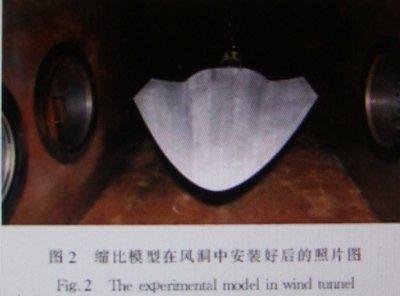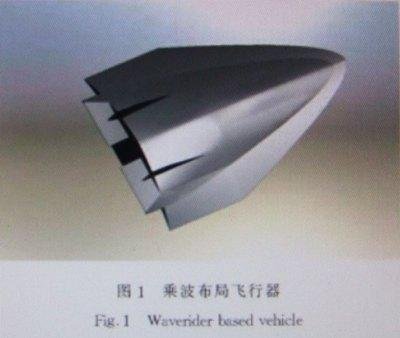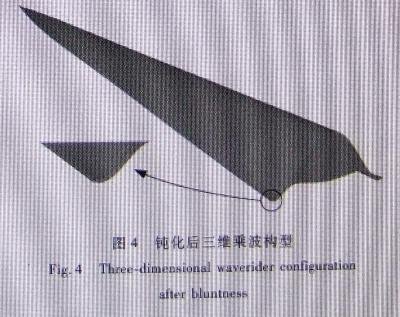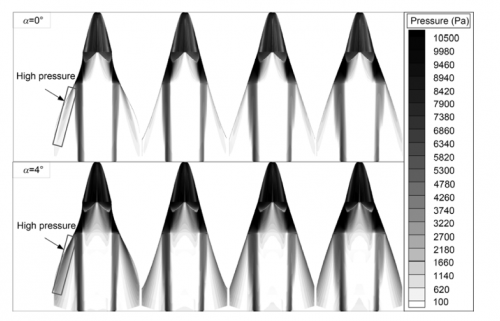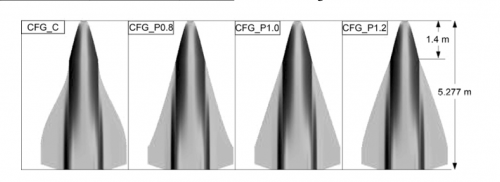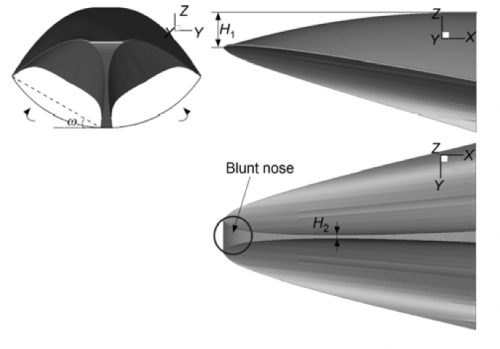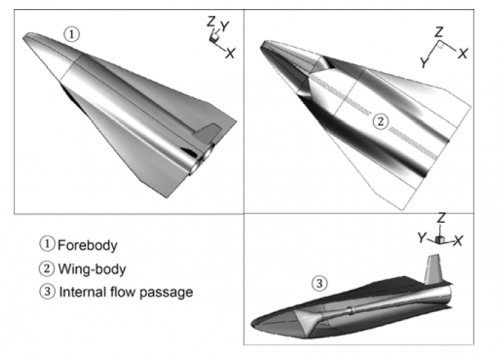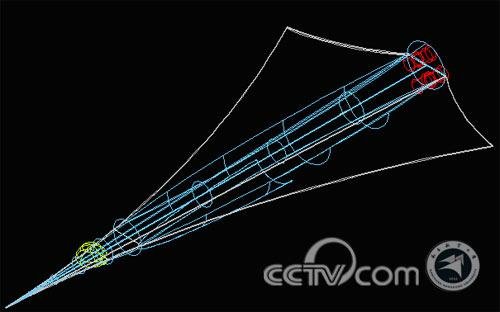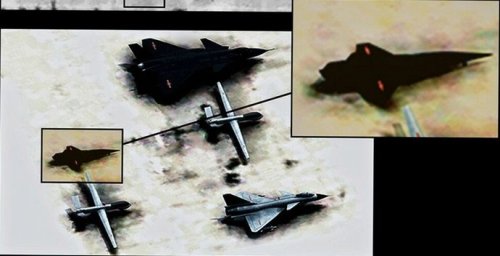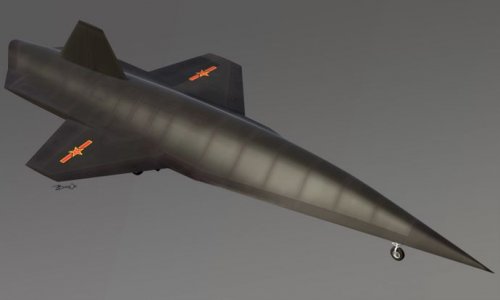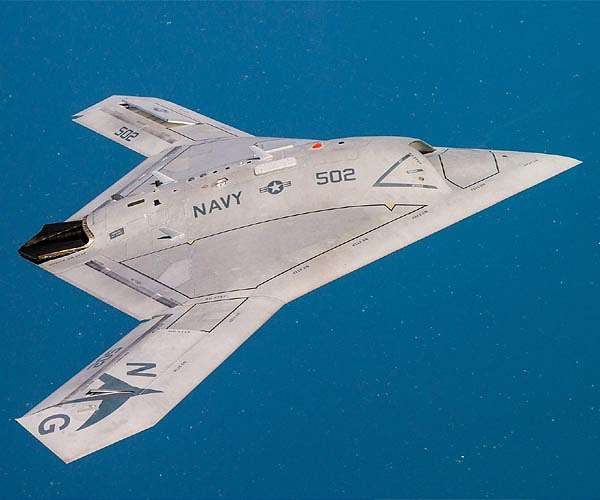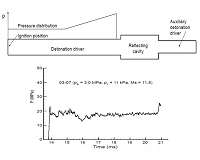antigravite
ACCESS: Top Secret
- Joined
- 25 April 2008
- Messages
- 836
- Reaction score
- 258
Hi. Any hints of Chinese research in the field of hypersonic Recce/Strike platforms?
Many paper studies. Patents. Scramjet-related facilities. Cooperation efforts with Russian companies.
And even an odd-looking, untrustable model displayed at the Beijing Aviation Museum, as seen here
http://chinesemilitaryreview.blogspot.fr/2012/11/sino-waverider-at-beijing-aviation.html
A.
PS) the attached picture comes from the above-source. There are two others. Its named is left unchanged). It beats every SEO for being perfectly referenced That's the first time I ever cross a so detail name.
Many paper studies. Patents. Scramjet-related facilities. Cooperation efforts with Russian companies.
And even an odd-looking, untrustable model displayed at the Beijing Aviation Museum, as seen here
http://chinesemilitaryreview.blogspot.fr/2012/11/sino-waverider-at-beijing-aviation.html
A.
PS) the attached picture comes from the above-source. There are two others. Its named is left unchanged). It beats every SEO for being perfectly referenced That's the first time I ever cross a so detail name.

